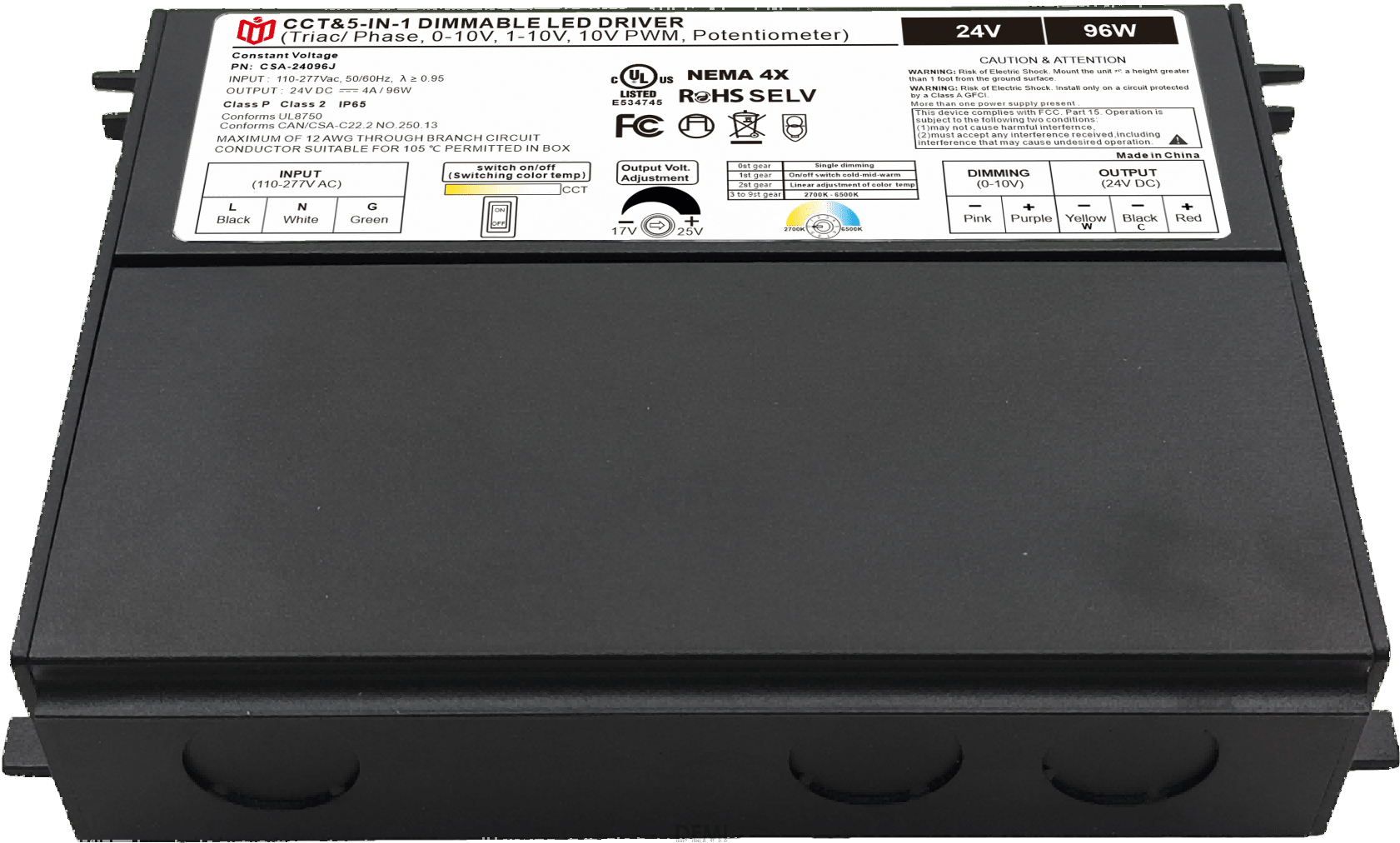Can TRIAC dimmable power supplies support future smart-city lighting?
The Role of TRIAC Technology in Modern Lighting Systems
Traditional TRIAC (Triode for Alternating Current) dimmers have long dominated residential and commercial dimming applications due to their cost-effectiveness and simplicity. These semiconductor devices chop AC waveforms to reduce power delivery—a method that works well with resistive loads like incandescent bulbs but faces complexities when paired with nonlinear LED drivers. In smart cities pursuing massive energy savings through adaptive street lighting networks, this legacy technology now confronts critical questions about scalability and performance under intelligent controls.

Energy Efficiency vs. Practical Constraints
Proponents argue that optimized TRIAC systems could theoretically support dynamic light adjustment based on traffic patterns or pedestrian activity sensors. Such capabilities align perfectly with municipal goals for carbon neutrality by minimizing unnecessary brightness during low-demand periods. However, real-world deployment reveals significant drawbacks: audible buzzing occurs at lower thresholds, electromagnetic interference disrupts communication lines, and poor power factors increase grid strain when operating below 40% load levels. These factors create tension between theoretical efficiency gains and operational reliability requirements.
Compatibility Challenges with Emerging Standards
Modern smart pole infrastructure integrates multiple subsystems beyond basic illumination—including environmental monitoring, Wi-Fi hotspots, and electric vehicle charging stations. Herein lies a fundamental conflict: standard TRIAC controllers lack bidirectional communication protocols needed for true interoperability within Zhaga Book 18 compliant fixtures or DALI-2 certified networks. While retrofit kits attempt bridge gaps using external microcontrollers, they introduce latency issues that compromise split-second response times demanded by emergency vehicle prioritization algorithms. Moreover, voltage spikes generated during phase cutting accelerate degradation of solid-state relay components compared to zero-crossing SSR alternatives.
Innovation Pathways and Market Trends
Engineers are developing hybrid solutions combining isolated gate drivers with digital signal processors to mitigate harmonic distortions while preserving backward compatibility. Companies like Infineon now offer smart TRIAC ICs featuring built-in diagnostic feedback loops that enable predictive maintenance via LoRaWAN connections. Parallelly, standards bodies push toward Matter protocol adoption—a unified IPv6 networking layer promising seamless device management across heterogeneous hardware ecosystems. Early trials suggest that enhanced TRIAC variants maintaining <5% total harmonic distortion could coexist alongside SSL/DLMS platforms until wireless power transfer technologies mature sufficiently for mainstream use.
Balancing Act: When to Adopt Alternatives?
For brownfield projects replacing legacy sodium vapor lamps, upgraded TRIAC modules remain viable interim solutions offering payback periods under three years through reduced electricity bills alone. Yet greenfield developments increasingly favor non-chopping alternatives like pulse-width modulation (PWM) drivers achieving >95% efficiency without generating EMI pollution. As cities scale up V2X infrastructure requiring millisecond-level synchronization across thousands of nodes, the industry consensus shifts toward abandoning phase control altogether in favor of constant-current topologies managed by edge AI processors. This transition gains momentum as GaN FET semiconductor prices drop below silicon equivalents by Q4 2025.
Policy Implications and Long-Term Viability
Regulatory frameworks such as EU Ecodesign Lot 28 will mandate stricter limits on standby consumption starting January 2027—a benchmark current TRIAC implementations struggle to meet without complex sleep modes sacrificing instant-on functionality. Simultaneously, utility companies incentivize demand response participation through time-of-use tariffs only compatible with bidirectional metering enabled by modern drivers. These converging forces suggest that while TRIAC technology may persist niche applications like historical district preservation where flicker-free dimming remains paramount, its role as primary controller diminishes rapidly against rising adoption of SSL+PLC hybrid architectures capable of carrying both power and data over existing conductor bundles.
 In heritage architecture prote
In heritage architecture prote
 When small-batch customization
When small-batch customization
 Have the electromagnetic emiss
Have the electromagnetic emiss
 When Triac dimmable power supp
When Triac dimmable power supp
